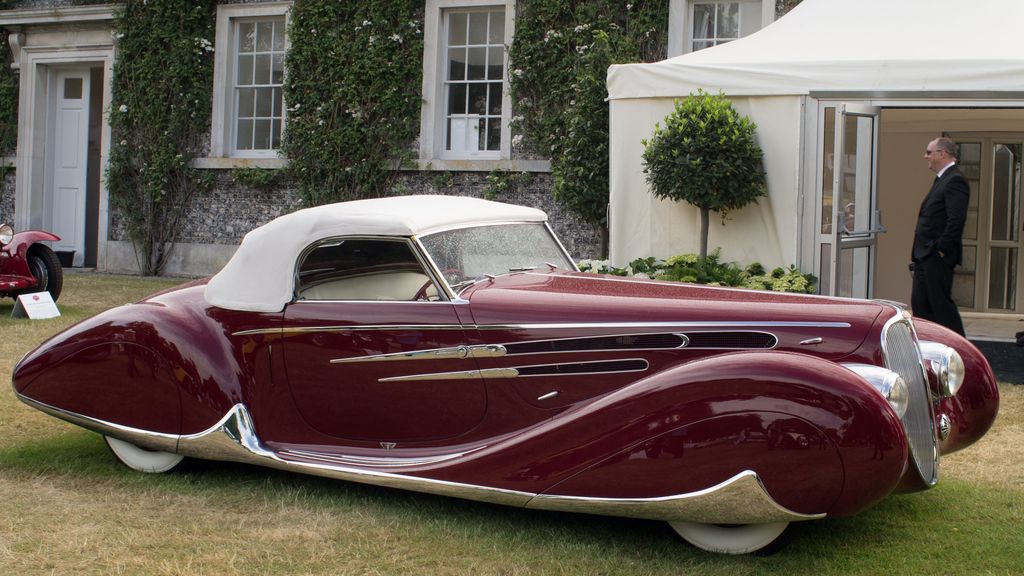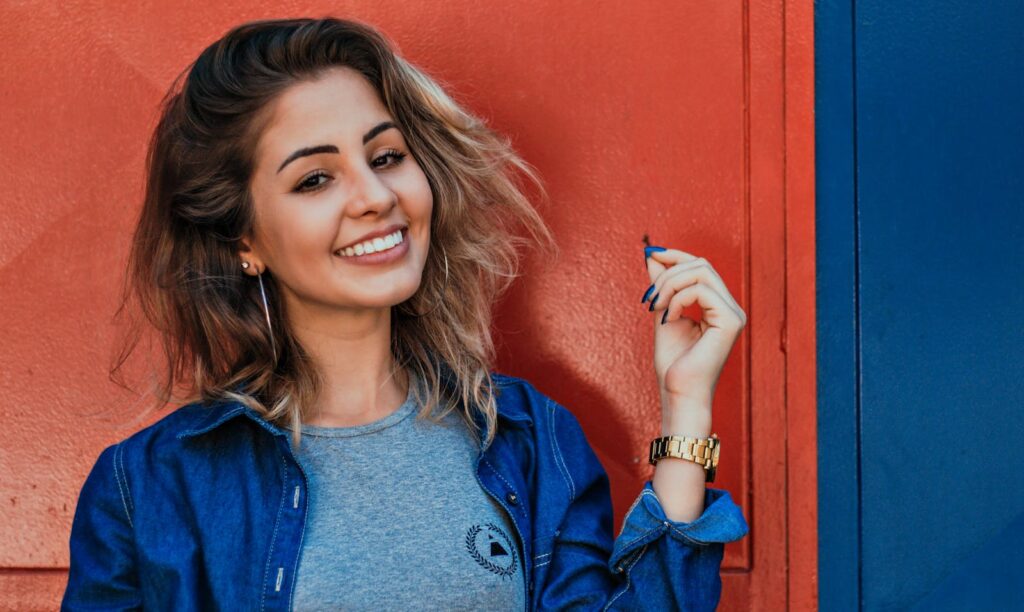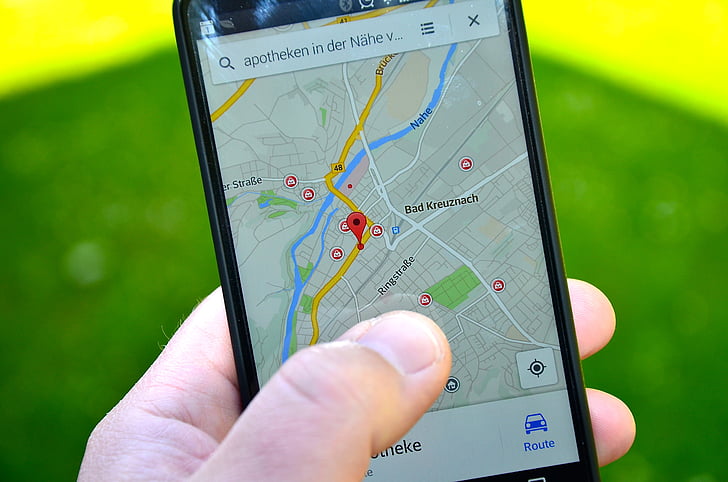
In the glittering, often perplexing world where digital fame intertwines with established celebrity, the art of photography and event management often finds itself at the mercy of some truly extraordinary requests. From aspiring social media stars hoping to leverage their follower count into free services, to global icons with highly specific (and sometimes baffling) demands for their comfort, the landscape is riddled with stories that would make even the most seasoned professional raise an eyebrow.
This isn’t just about a picky client wanting a specific shade of lighting; these are demands that challenge the very definition of professionalism, respect, and common sense. They highlight a fascinating, sometimes frustrating, disconnect between the perceived value of a service or a persona, and the actual effort, skill, and cost involved in delivering it. It’s a peek behind the curtain at the audacity that can sometimes come with a growing platform or a well-established name.
Today, we’re embarking on a journey to explore some of the most outrageous demands ever reported, separating them into two distinct realms. First, we’ll delve into the often-unbelievable expectations set by digital influencers and aspiring models, who frequently mistake ‘exposure’ for actual payment or believe their burgeoning online presence grants them carte blanche. Then, in the next installment, we’ll pivot to the lavish, sometimes bizarre, riders and requests of A-list celebrities, showcasing how fame can breed truly unique desires for personal convenience and control. Get ready, because these stories are wilder than you might imagine!
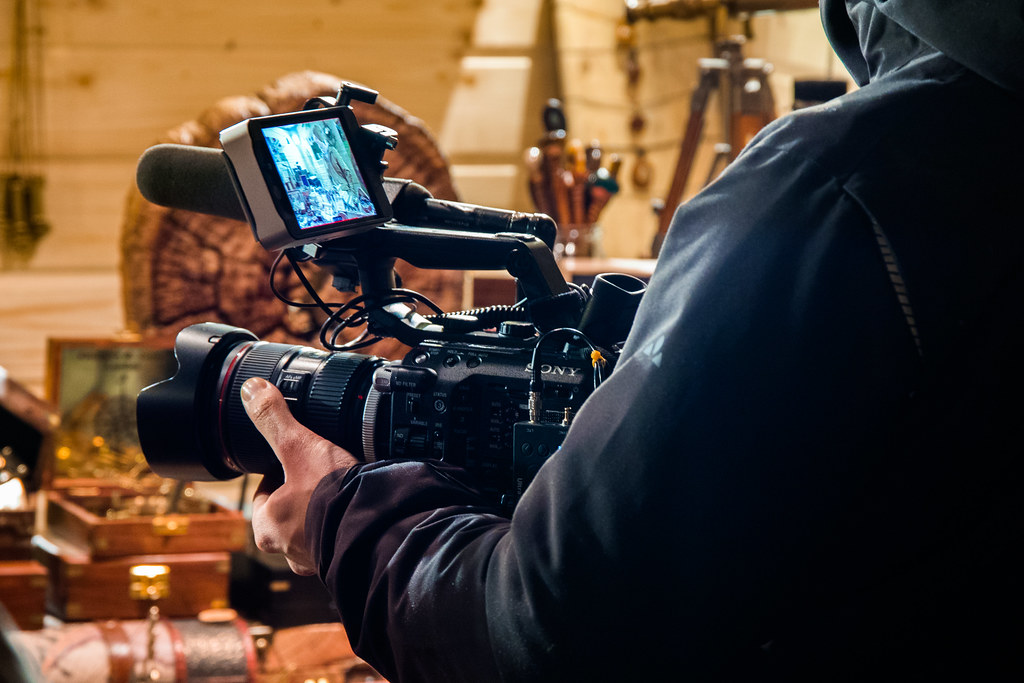
1. **The ‘Exposure’ Trap: The Myth of Influence as Currency**One of the most infuriating and pervasive demands heard by photographers, especially from the burgeoning class of ‘influencers,’ is the offer of ‘exposure’ in lieu of actual payment. It’s a concept that sounds appealing on the surface – a wider audience for your work – but in practice, it rarely translates to tangible compensation or meaningful business growth. This audacious request frequently places an undue burden on creatives, asking them to work for free under the guise of an elusive benefit.
Take Sara, a successful college photographer, who encountered an attractive girl boasting “over 85k Instagram followers.” This girl, seeking risqué photoshoots, immediately leveraged her follower count, proclaiming, “do you know the kind of exposure working with me would give you? This is a once in a lifetime chance for you.” Sara, an in-house photographer for major concert venues, a newspaper, and a highly recommended wedding photographer, wasn’t swayed. Her blunt, brilliant retort perfectly encapsulated the sentiment of many professionals: “I work with people much more famous than you on an almost daily basis. I’ve shot photos for Marilyn Manson, Motley Crue, Shania Twain, Post Malone and a bunch of other musicians that come through and was paid for all of it. Your exposure isn’t worth anything to me.” This powerful statement underscores the fundamental principle that professional services deserve professional compensation.
This scenario is far from isolated. Wedding photographers, in particular, routinely face requests to shoot entire weddings for free, not always from Instagram influencers, but from individuals who seem to believe the sheer act of being photographed for their big day should be free of charge. Rich Soublet, a headshot and portrait photographer, recounted being asked to photograph entire weddings for free, even for friends of people he barely knew. He likens it to “walking into a restaurant and asking for the absolute best meal they have for zero dollars and then telling them it will be good for their business to do so,” a perfect analogy for the often-unrealistic expectations of those seeking free services.
Another photographer shared the all-too-common experience: being approached by influencers promising promotion, only for them to go silent when asked for their online handle, revealing the hollowness of their ‘exposure’ promises. As one photographer succinctly put it, reflecting on the grim reality of uncompensated labor, “Exposure? People die from exposure.” It’s a stark reminder that while the love of creativity is a powerful motivator, it doesn’t pay the bills, and photographers, like any other professionals, deserve to be housed and fed by their valuable work.

2. **Payment for Being Photographed: The Baffling Turn of the Tables**Moving beyond the expectation of free services, some influencers take audacity to an entirely new level: they demand to be *paid* by the photographer. This truly bizarre inversion of the traditional client-provider relationship leaves many professionals utterly flummoxed. It’s one thing to expect a complimentary service; it’s quite another to demand payment for the privilege of working with you, especially when you are the one seeking the photographer’s skilled output.
One photographer recounted an encounter where an “influencer” was “shocked because she was under the assumption that I was going to pay her for some reason” when prices were mentioned. The sheer entitlement here is astounding. The individual, seeking content for their own platform, believed the photographer should compensate *them* for their time. This sentiment was echoed by a 15-year-old girl who, before a photographer could even state their rates, demanded over $300 for the photographer to shoot with *her* for just 30 minutes. Her main selling point? She could “teach me how to leverage and grow my social media.” The irony, of course, being that a professional photographer likely has a far more established business and understanding of professional networking than a teenager trying to charge them for their own content creation.
This audacious trend isn’t limited to young, aspiring social media personalities. A production company shared an account of an “influencer” contacting them to shoot both a photo session and a promo video. Instead of asking for a quote for the services, the influencer incredibly sent *the production company* an estimate on how much *they* “HAD TO PAY to do the work for HER.” Such a request demonstrates a profound lack of understanding of industry norms, professional value, and basic business principles, flipping the entire dynamic on its head and expecting the service provider to pay the recipient.
Furthermore, another model, described as having “no real prior modeling experience,” approached a photographer demanding $200 per hour with a three-hour minimum. On top of this, she stipulated that the photographer would not have any rights to use or display the photos, as she intended to sell them exclusively on her Patreon. The photographer aptly summarized this demand as, “Basically, to use me as an ATM and for me to pay the pleasure to work with them.” While paying models is a standard practice, demanding payment from the very person creating the content, while simultaneously restricting their ability to use their own work, crosses a line into outright exploitation, leaving photographers footing the bill for their own skilled labor and creativity.

3. **Copyright Control & Raw Files: The Battle for Artistic Ownership**For professional photographers and videographers, raw files and copyrights are not mere incidentals; they are the bedrock of their artistic ownership and business model. These assets represent the unadulterated product of their skill, vision, and technical expertise. Demands from clients to hand over these files, especially at a reduced rate or for free, strike at the heart of their professional livelihood and creative control. It’s a request born from a desire for ultimate control, often without a true understanding of the value or implications.
Perhaps one of the most vivid examples of this challenge comes from a wedding photography and videography company in Florida. A YouTube “famous” couple inquired about their wedding services, not just for the final product, but with an explicit demand: “all of the unedited images and video along with the copyrights so they could edit themselves for their YouTube channel.” This isn’t just a casual request; it’s an attempt to circumvent the very core of a professional’s offering. The company confirmed that such a request could be honored, but “for the correct price,” highlighting that copyrights to 800-1500 images and 12+ hours of video typically run into “tens of thousands of dollars.”
The couple’s response to this professional assessment was telling. They “offered to pay us less than half our regular coverage price for everything.” This audacious counter-offer, effectively attempting to devalue the professional’s extensive work and intellectual property, was met with a firm “Bye girl” from the company. The saga didn’t end there; when the request was politely but firmly declined, “the bride had her MOTHER call me to yell at us for ‘ruining’ their wedding.” This dramatic escalation underscores a deep-seated lack of respect for the photographers’ business model and a profound misunderstanding of the value of their creative assets, treating professional services as if they are disposable commodities to be haggled over and controlled entirely by the client.
This demand for raw files and control over the final product resurfaced in another photographer’s experience. After a collaborative shoot, a girl “demanded I send her the hundreds of raw photos so she could edit them herself and that she didn’t want me to post any so that they would seem like she took them herself.” This request, much like the YouTube couple’s, aimed to completely erase the photographer’s artistic input and claim the entire creative process as her own. The photographer, understandably, refused to comply with such an egregious request for creative abdication. Instead, they “sent her 3 pics and erased the rest,” putting a decisive end to a collaboration that veered sharply into disrespect for artistic ownership and professional boundaries.
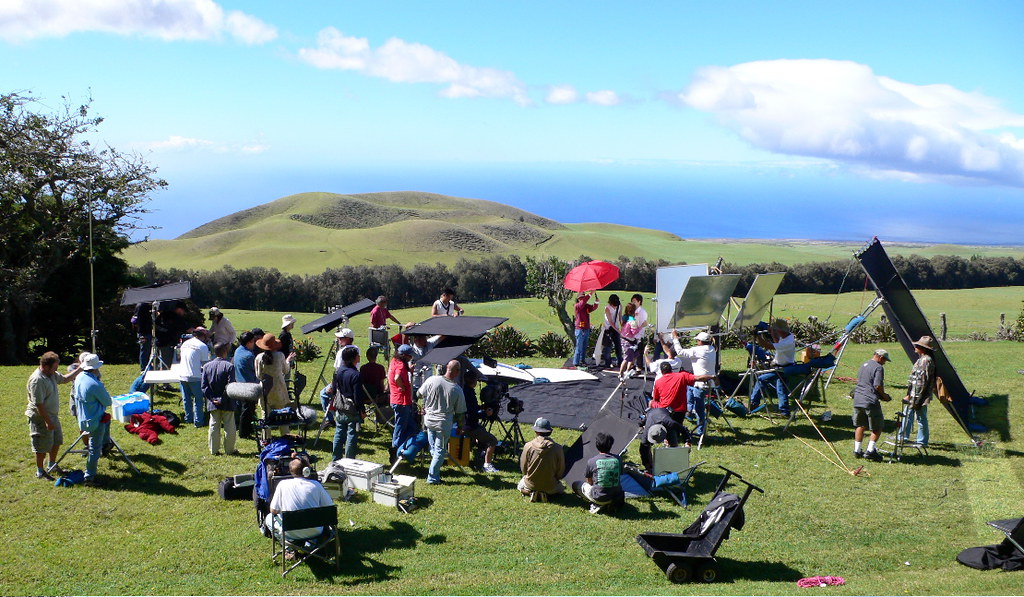
4. **Ownership and Usage Restrictions: Silencing the Creator**Beyond the battle for raw files and copyrights, another challenging demand photographers often face is the outright prohibition from using their own work. This restriction strikes at the core of a photographer’s ability to showcase their portfolio, attract new clients, and gain recognition for their artistic endeavors. When a client commissions work, a common understanding is that the photographer retains the right to use the images for self-promotion, albeit respectfully. However, some individuals demand total suppression of the photographer’s usage, effectively seeking to appropriate the images solely for their own gain.
One particularly egregious example of this occurred during a supposed “typical collab” shoot, where a model, after bossing the photographer around and disregarding their suggestions, “demanded I send her the hundreds of raw photos so she could edit them herself and that she didn’t want me to post any so that they would seem like she took them herself.” This goes beyond a simple request for privacy; it’s a deliberate attempt to erase the photographer’s role entirely. The model desired to present the professional-quality images as if *she* had captured and processed them, denying the photographer any credit or ability to leverage their work. Such a demand undermines the very purpose of a collaborative shoot for a photographer, which often includes portfolio building and promotional use.
Another unsettling instance involved a street photographer approached by an “influencer” who offered “influence credit” in exchange for a staged photoshoot. The bizarre setup involved the photographer pretending to be shocked to find her on the street, taking numerous photos, and then handing them over. The crucial catch? The photographer was explicitly “not allowed to use the photos myself and all I would get is a tag at the end of the description.” This meant the photographer would expend time and skill to create content that they could not, under any circumstances, add to their own portfolio or use for promotional purposes. When the photographer declined, the influencer “said she would sue me.” The photographer calmly retorted that they were on public streets as a hobbyist, not selling photos, thus not needing model waivers. The influencer, realizing the legal ground was shaky, never pursued the matter, and the photographer never used the photos anyway, deeming her “not interesting.” This incident perfectly illustrates the influencer’s desire for exclusive control over content, even when it means silencing the original creator and resorting to baseless legal threats.
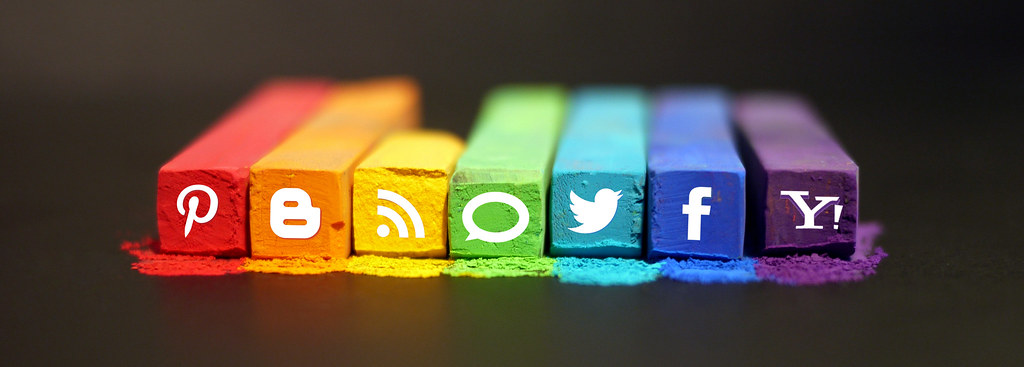
5. **Location Domination: Public Spaces, Private Stages**As social media fuels the quest for viral content, public and scenic locations are increasingly being transformed into private stages for influencers. This trend often leads to a blatant disregard for other visitors, turning shared experiences into exclusive backdrops for self-promotion. The audacity lies in the appropriation of communal space for individual gain, sidelining the enjoyment and rights of others.
A vivid account of this phenomenon unfolded at Acadia National Park, specifically on the Beehive Trail. This challenging hike culminates in a rewarded with an amazing view at the top. Most hikers quickly snap a picture and move on, but not two particular Instagram girls. Upon reaching the summit, they “promptly took over the best view of the lip to take various yoga poses. (Because that was totally a natural thing to do after scrambling up a cliff?).” For at least ten minutes, these influencers monopolized the prime photographic spot, completely oblivious or indifferent to the growing queue of families and fellow hikers waiting for their turn.
When families, understandably, started asking if they could take a picture, the girls’ responses were dismissive and entitled: “we were here first” and “we’ll be here awhile.” This assertion of priority in a public space, solely for the purpose of capturing content for their personal social media, boils the blood of anyone who values shared experiences and common courtesy. The original witness recounted leaving before the influencers were finished, still feeling indignant about the experience. It serves as a stark reminder of how the relentless pursuit of social media aesthetic can overshadow respect for public spaces and the enjoyment of others, turning a natural wonder into an exclusive set for a photo shoot.
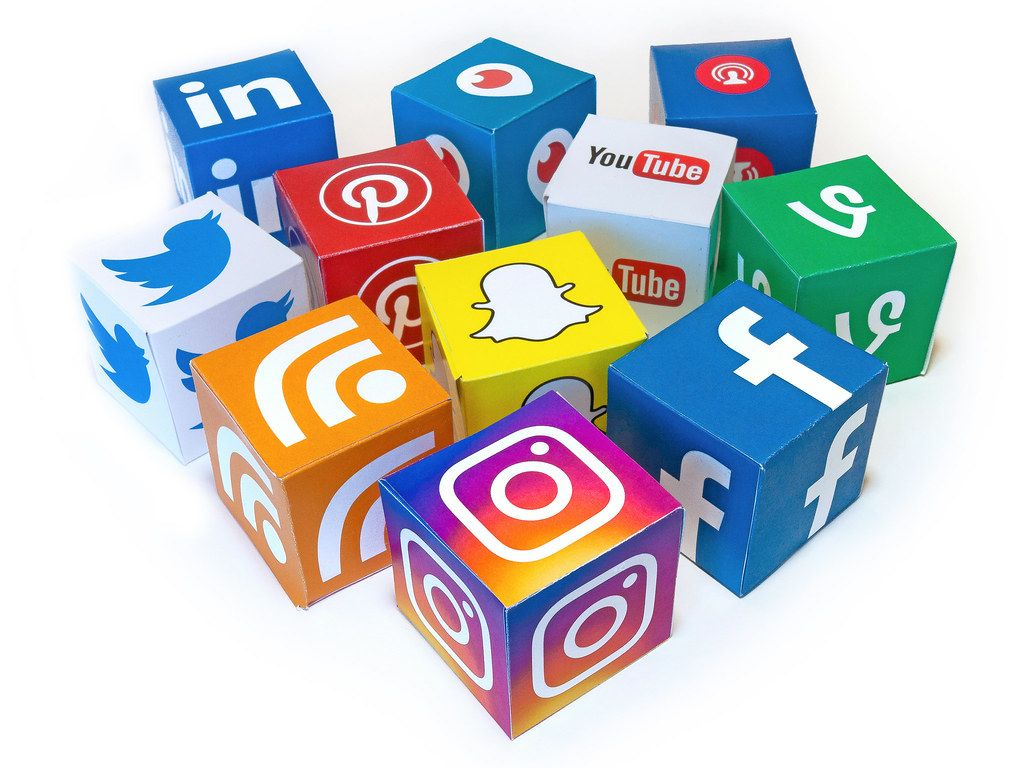
6. **Low-Effort, High-Demand Video: The Instagram Illusion**In the era of viral content and seamlessly produced social media videos, a common misconception has taken root: that high-quality, professional-looking content is easily achievable with minimal effort and, crucially, a smartphone. This misapprehension often leads to baffling demands from individuals who see the polished end product on platforms like Instagram and assume the process is as simple as pressing record on a phone, despite evident professional production values.
One documentary filmmaker, while working a non-film job in college, encountered a woman around 30 years old who asked them to do an “Instagram video like this.” She then proceeded to show the filmmaker a professional video shoot that clearly utilized a greenscreen, extensive lighting, and a carefully constructed set. The filmmaker, being a professional, politely explained that they could probably get “pretty close to quality” using their university’s equipment, but it would require time to assemble a crew and reserve a studio – a process clearly indicative of professional production.
However, the woman was insistent, shutting down the professional’s explanation with a bewildering demand: “no, that I should just record it with my phone.” When the filmmaker pointed out that the example she showed was demonstrably *not* recorded on a phone, her response encapsulated the Instagram illusion perfectly: “It’s on Instagram, that means they recorded it with their phone.” This statement reveals a profound misunderstanding of how professional content is created, conflating the platform with the production method. The woman clearly believed that because something *appears* on Instagram, it must inherently be a simple, phone-recorded affair, irrespective of visual evidence to the contrary. The interaction ended, predictably, when the filmmaker mentioned charging money and wouldn’t just “do it to be nice,” at which point she promptly dropped the request.
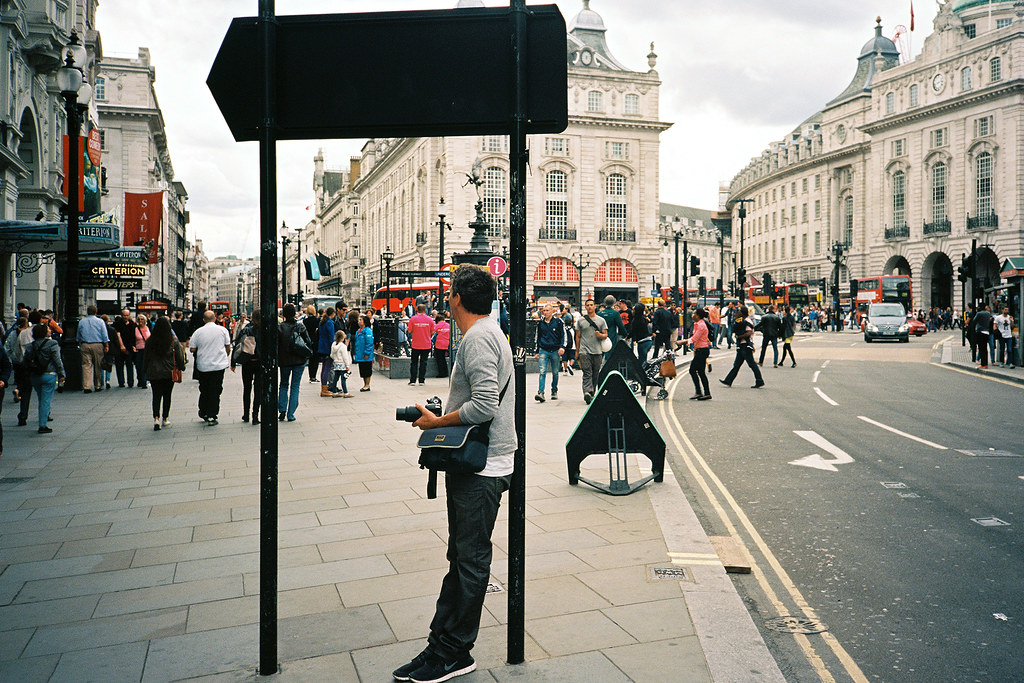
7. **Watermark Removal & Uncredited Use: The Theft of Recognition**For photographers, a watermark is not merely a branding element; it’s a signature, a claim of authorship, and a vital tool for ensuring proper credit and preventing unauthorized use of their intellectual property. When this mark is deliberately removed, or when credit is intentionally withheld, it represents a profound disrespect for the artist’s work and a theft of their recognition. It undermines the very exposure that some influencers claim to offer as compensation.
Consider the experience of a photographer who regularly shot opening bands at concerts where a close friend was performing. He’d typically use these sets to dial in his settings and would often send decent photos to the bands for their social media, often receiving a free t-shirt or vinyl in return. Crucially, he would always place his watermark – a subtle, tasteful one – on the lower right corner of the picture, especially for photos provided for ‘exposure.’ After one concert, the lead singer of an opening band approached him, asking for pictures for their Instagram, promising a “shout-out on our page and direct bands in the area to look into you for concert photography.” The photographer, appreciative of the free admission he’d already received, agreed, emphasizing that it was more of a hobby for him anyway.
A week later, checking the band’s Instagram, he found they had posted his work. Not only had they failed to tag him, but they had “completely cropped out the watermark I put on the picture. So much for the exposure I guess.” This blatant act of artistic theft was compounded when the photographer, using his professional profile, politely commented on the post, asking them to add his tag. The band’s response? They blocked his photography profile. The original comment, however, remained on their page, a silent testament to their unprofessionalism: “I’m sure it’s an honest mistake, but I’d appreciate you giving credit to the photographer who kindly sent you these photos with nothing promised but a shout out.” This experience highlights the deliberate undermining of a photographer’s effort and the shocking lack of ethics often displayed by those who benefit from creative work without offering fair compensation or even basic respect.
Alright, so we’ve just navigated the wild world of influencer demands, where ‘exposure’ is supposedly currency and raw files are expected for free. It’s a lot, right? But hold onto your designer hats, because now we’re diving headfirst into the truly *lavish* and often *bizarre* requests that only A-list celebrities can get away with. We’re talking about the legendary ‘riders’ – those meticulously detailed lists of demands that ensure stars are comfortable, catered to, and sometimes, completely out of this world. Get ready for some serious eyebrow-raising moments, because when fame meets fantasy, things get wonderfully weird!

8. **Mariah Carey: The Queen of Comfort and Quirks**When it comes to legendary diva demands, Mariah Carey often tops the list, and for good reason. She famously ‘doesn’t do stairs,’ a rumor kicked off by Alan Carr who claimed she needed a ‘staircase assistant’ during an appearance on ‘The Friday Night Project.’ Whether it’s true or not, it perfectly encapsulates the level of comfort and convenience she reportedly expects. After all, why walk when you can glide, right?
But Mariah’s specificities don’t stop at ascension. Her dressing room requirements are a testament to her unique style and absolute need for a specific vibe. Busy patterns? Strictly banned from any surface. Instead, she needs a full dinner and tea service, ensuring she’s well-fed and hydrated in true opulent fashion. And forget your average wine; only a £200 bottle of vintage claret will do. Talk about having a refined palate!
And then there are the truly whimsical requests that sound like something out of a fairy tale. She once reportedly asked for 20 white kittens and 100 white doves in her dressing room! We’re not sure if it’s for ambiance, comfort, or just because she can, but imagine walking into that! Another rumor, almost too wild to be true, suggests she needed vitamin water not to drink, but to bathe her dogs. It’s these kinds of demands that make Mariah Carey’s rider a thing of legend, cementing her status as a true icon of luxury and outlandish requests.
Read more about: Beyond the Backstage Bananas: Unpacking the 13 Wildest Rider Demands of Music Superstars

9. **Jennifer Lopez: The All-White Wonderland**Jennifer Lopez might market herself as ‘Jenny From The Block,’ but her taste in backstage accommodations is anything but humble. Her rider allegedly insists on an entirely all-white dressing room, creating a serene, pristine environment wherever she goes. We’re talking white couch, white tables, white drapes, white candles, and, of course, white roses. It’s a cohesive aesthetic that speaks volumes about her desire for a specific, calming atmosphere.
This demand for a monochromatic paradise isn’t just a preference; it’s a non-negotiable. Dannii Minogue once recalled an incident at ‘Top Of The Pops’ where J.Lo almost refused to perform because her backstage room hadn’t been entirely redecorated to meet her all-white specifications. Dannii, intrigued by the sheer audacity, even asked to peek into the room herself, ‘lapping up every detail’ of the diva’s demands.
It’s a powerful statement of control and an unwavering commitment to her personal brand of luxury. For J.Lo, the environment around her isn’t just a place to get ready; it’s an extension of her polished persona. And if that means an entire room needs a complete white-out before she steps on stage, then so be it. The queen has spoken!
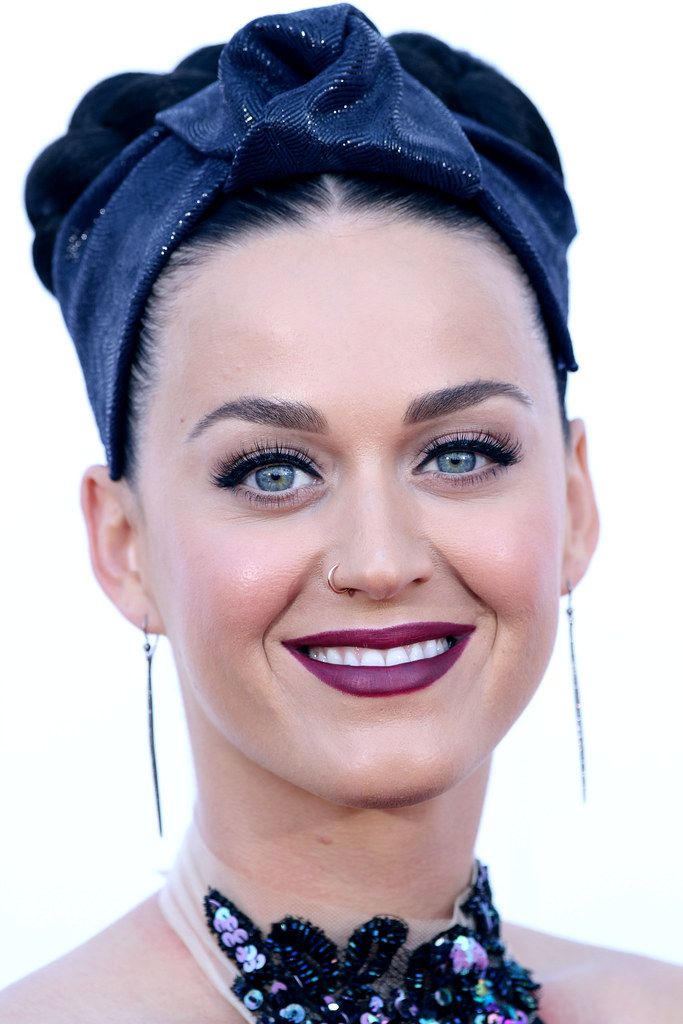
10. **Katy Perry: The Lengthy List and Floral Fixations**Katy Perry’s rider is rumored to be an epic 45 pages long, making it one of the most comprehensive — and specific — in the industry. Her dressing room design alone is a masterclass in detailed demands, requiring a cream or soft pink palette, outfitted with two cream-colored egg chairs, a ‘Perspex modern style’ coffee table, and ‘French ornate style’ lamps. Talk about creating a mood board for your backstage sanctuary!
Her floral requests are particularly noteworthy for their extreme specificity. Katy insists on ‘white and purple hydrangeas, pink and white roses and peonies.’ Lovely, right? But here’s the kicker, printed in caps and underlined for emphasis: ‘ABSOLUTELY NO CARNATIONS.’ It’s a clear boundary, a line in the sand, showing that some flowers just don’t make the cut for the ‘California Gurls’ singer.
Beyond the decor, Katy also has strict rules for her transportation. Her chauffeurs are explicitly ‘not allowed to start a conversation with the client.’ It’s a classic move for stars seeking peace and quiet, ensuring that their journey is a silent, uninterrupted oasis. These meticulous demands paint a picture of a star who knows exactly what she wants, right down to the last petal and unspoken word.
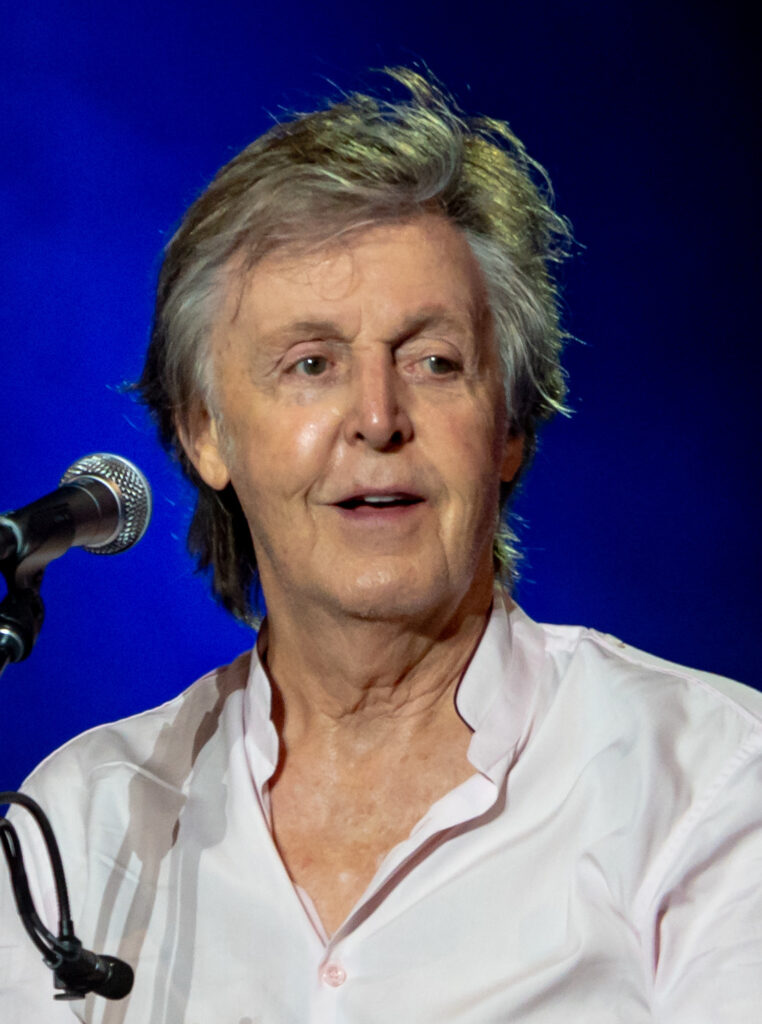
11. **Paul McCartney: The Eco-Conscious Rock Legend**As a dedicated vegetarian and animal rights advocate, Sir Paul McCartney’s tour demands for his 2002 tour reflected his strong personal convictions. He famously refused to travel in any stretch limousine with leather seats and issued a blanket ban on animal skin coverings of any kind, even if they were fake animal print. It’s a clear statement: no animals, real or imitation, should be part of his touring experience.
His dressing room requirements are equally green, transforming his space into what sounds like a mini Kew Gardens greenhouse. Paul demanded 19 leafy 6ft plants and four leafy 4ft plants to create a lush, natural environment. But he wasn’t just grabbing any greenery; his plant specifications were incredibly precise: ‘No trees, nothing with a trunk and no ragweed or anything of that nature.’ A man knows his botanicals!
And of course, his catering needs were entirely vegetarian, served on an 8ft banqueting table draped with a pristine white tablecloth. It’s a picture of thoughtful, ethical luxury, showing that even rock royalty can maintain their principles while touring the world. McCartney’s rider is a charming blend of rock ‘n’ roll legend meets dedicated environmentalist.
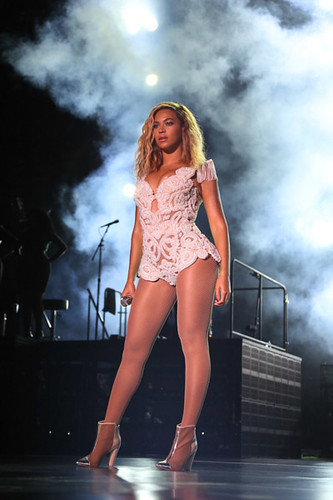
12. **Beyoncé: The Portable Throne**Beyoncé is a superstar whose work ethic and stage presence are legendary, but when it comes to her personal comforts on tour, she takes things to a surprisingly intimate level. Fans were in hysterics when it was revealed that Queen Bey herself was having personal toilet seats brought to her on tour as part of her luggage. Yes, you read that right – her very own toilet seats!
According to a source from The Sun, ‘Beyoncé is such an elite performer she can literally request anything. Her team makes great effort to ensure she has her own comforts and a personal toilet seat happens to be one.’ It’s certainly an interesting item to add to one’s tour essentials, but hey, when you’re performing for thousands night after night, a little bit of germ-free luxury goes a long way.
To ensure this bizarre request is handled with the utmost discretion, Beyoncé transports her personal toilet seats in a customized golf buggy, which is then covered in black sheets. It’s a whole operation to protect her unique comfort item from prying eyes backstage. While it might raise a smile from those who catch a glimpse, it perfectly illustrates the lengths to which an A-list star will go to ensure their personal well-being and peace of mind on the road.

13. **Joe Jonas: The Puppy-Powered Performer**Joe Jonas, with his extensive touring experience from both the Jonas Brothers and DNCE, has learned precisely how much he can push the boundaries when it comes to his rider requests. And his most adorable, perhaps most unexpected, demand? Puppies! That’s right, he’s had ’12 puppies on the rider for a while,’ a confession that brought surprise during an Australian interview in 2016.
When asked if he was just ‘pushing the limits,’ Joe admitted that while he doesn’t *always* get his wish, some cities do indeed oblige, showing up with a dozen furry friends. Can you imagine the sheer joy (and chaos!) of having 12 puppies backstage? It’s a surefire way to inject some serious fun and stress relief into a demanding tour schedule.
He even seemingly got his wish when visiting Nashville, where he met none other than influencer dog Doug the Pug. ‘Chillin with the homie @itsdougthepug before the Nashville show,’ he captioned a snap, proving that his love for canine companionship is real, whether it’s 12 puppies or a famous pug. It’s one of the most wholesome and universally loved celebrity demands we’ve heard, turning an ordinary backstage area into a puppy party!

14. **Selena Gomez: The Post-Breakup Ban**Heartbreak can make people do strange things, and after her very public 2014 split with Justin Bieber, Selena Gomez allegedly had a truly unique request for her crew. According to Marie Claire, she demanded that absolutely no one working with her could be named Justin. Talk about a very specific way to cleanse your professional environment!
For any crew members unlucky enough to bear the name Justin, they reportedly had to temporarily go by a different name while working with Selena. It’s an understandable, albeit extreme, way to avoid any unwanted reminders during a difficult time. Who needs awkward encounters when you’re trying to focus on your craft, right?
Beyond her temporary ban on Justins, Selena’s other unique rider requests are surprisingly down-to-earth: chicken pot pie and pickles. It’s a charming contrast to the more extravagant demands of her peers, showing that sometimes, even global superstars just crave comfort food and a little bit of emotional distance. Her rider tells a relatable story of navigating heartbreak, one delicious pot pie and temporarily renamed crew member at a time.
From the audacious demands of influencers seeking ‘exposure’ to the lavish and sometimes bewildering requests of A-list celebrities, it’s clear that the world of entertainment, photography, and event management is never dull. These stories, whether of unpaid labor or portable toilet seats, offer a fascinating glimpse into the power dynamics and unique personalities that shape the industry. They remind us that behind every polished image and flawless performance, there’s often a wild list of expectations, proving that fame truly does come with its own set of rules – or, in some cases, a complete rewriting of them! And while some demands might make you shake your head, they certainly make for some unforgettable stories. What a ride!

